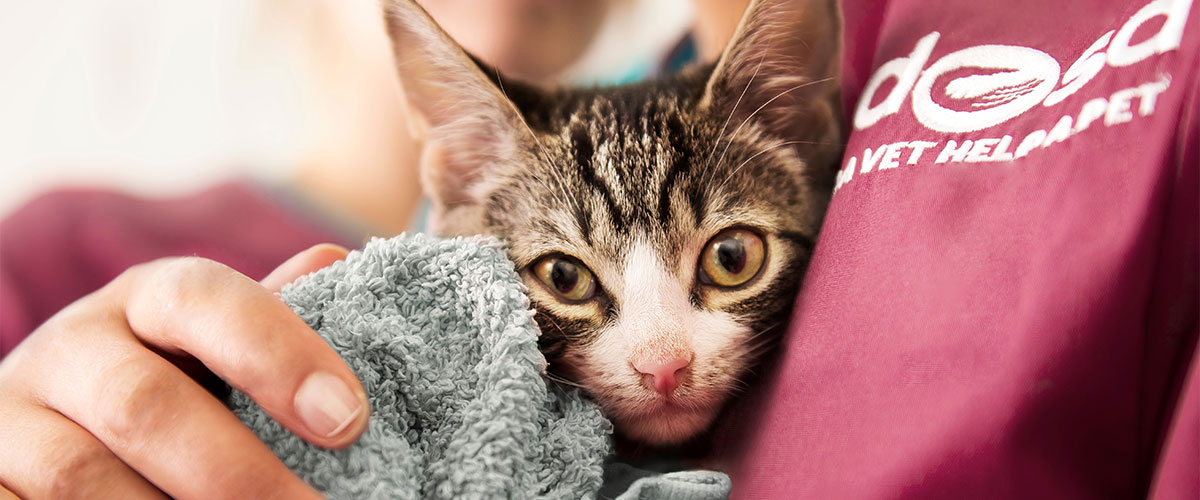Dry skin and dandruff on cats
Overview
- Cats like to keep themselves clean, so if you notice your cat has dandruff (dry, flaky skin) it could be a sign of a problem.
- There are many possible causes for dry skin and dandruff, fortunately most aren’t serious and improve with treatment.
- Contact your vet if you notice your cat has dandruff.
General information and causes of dandruff in cats
Skin cells are continuously dying, shedding off and being replaced by new, healthy ones. Your cat will usually make sure their fur stays clean and ‘dandruff-free’ by grooming themselves. A small amount of dandruff can be normal, but a large amount might indicate that your cat isn’t able to groom themselves properly, or that they have a skin problem.
Lack of grooming
If your cat is developing dandruff because they can’t groom themselves properly, they may be suffering from:
- Arthritis
- Pain or stiffness
- Being overweight
Skin problems
Dandruff and dry skin can be caused by many different skin problems including:
- Fleas
- Skin allergies
- Skin infections
- Ringworm
- Mites and lice
- Hormonal conditions such as hyperthyroidism
- Autoimmune skin disease (such as pemphigus) - very rare
When to contact your vet
Contact your vet if you notice your cat has dandruff - it’s important to have them checked so your vet can find the cause and give him/her an appropriate treatment. Tell your vet about any other symptoms you have noticed, such as:
- Limping or stiffness
- Grooming less
- Rashes or red skin
- Alopecia (fur loss)
- A greasy coat
Treatment and home remedies
The best treatment for your cat depends on what is causing their dandruff. It’s always best to have them checked by your vet before trying home remedies. If your cat’s dandruff is caused by a specific condition which is leading to their dandruff, your vet can usually prescribe a treatment to help.
If your vet is happy your cat is otherwise healthy, they may recommend some of the following home remedies for their dry skin:
- Food - the right diet can make a big difference to your cat’s skin and coat. Read more about what to feed your cat
- Skin supplements - pet skin supplements often contain ingredients such as fish oil that can help improve dry, flaky skin.
- Creams and lotions - if your cat has a small area of dry skin, for example on their nose or an elbow, you could try using a small amount of a pet safe moisturiser (for example Vaseline) to keep the area moist and prevent it cracking. Speak to your vet if you aren’t sure which product to use.
Consider insuring your cat as soon as you get them, before any signs of illness start. This will ensure you have all the support you need to care for them.
Published: August 2020
Did you find this page useful?
Tell us more
Please note, our vets and nurses are unable to respond to questions via this form. If you are concerned about your pet’s health, please contact your vet directly.
Thank you for your feedback
Want to hear more about PDSA and get pet care tips from our vet experts?
Sign up to our e-newsletter
Written by vets and vet nurses. This advice is for UK pets only. Illustrations by Samantha Elmhurst.

